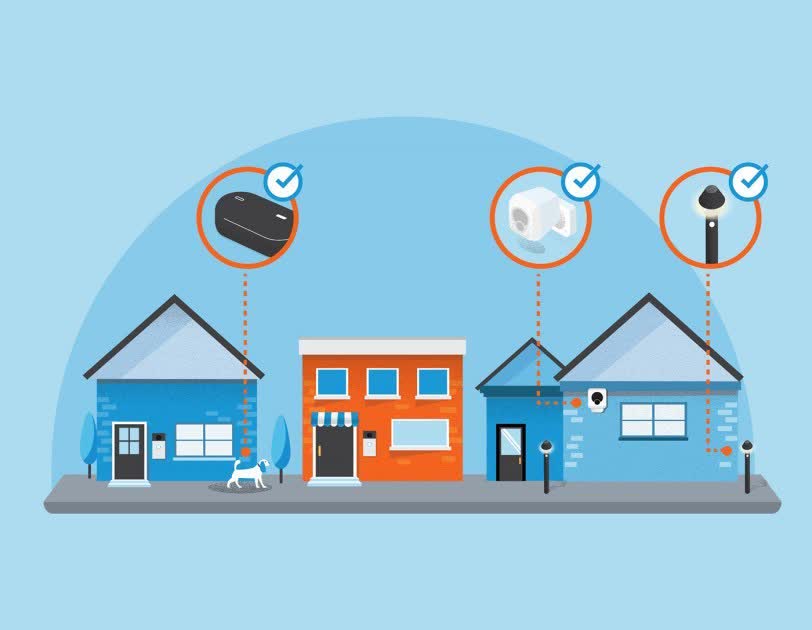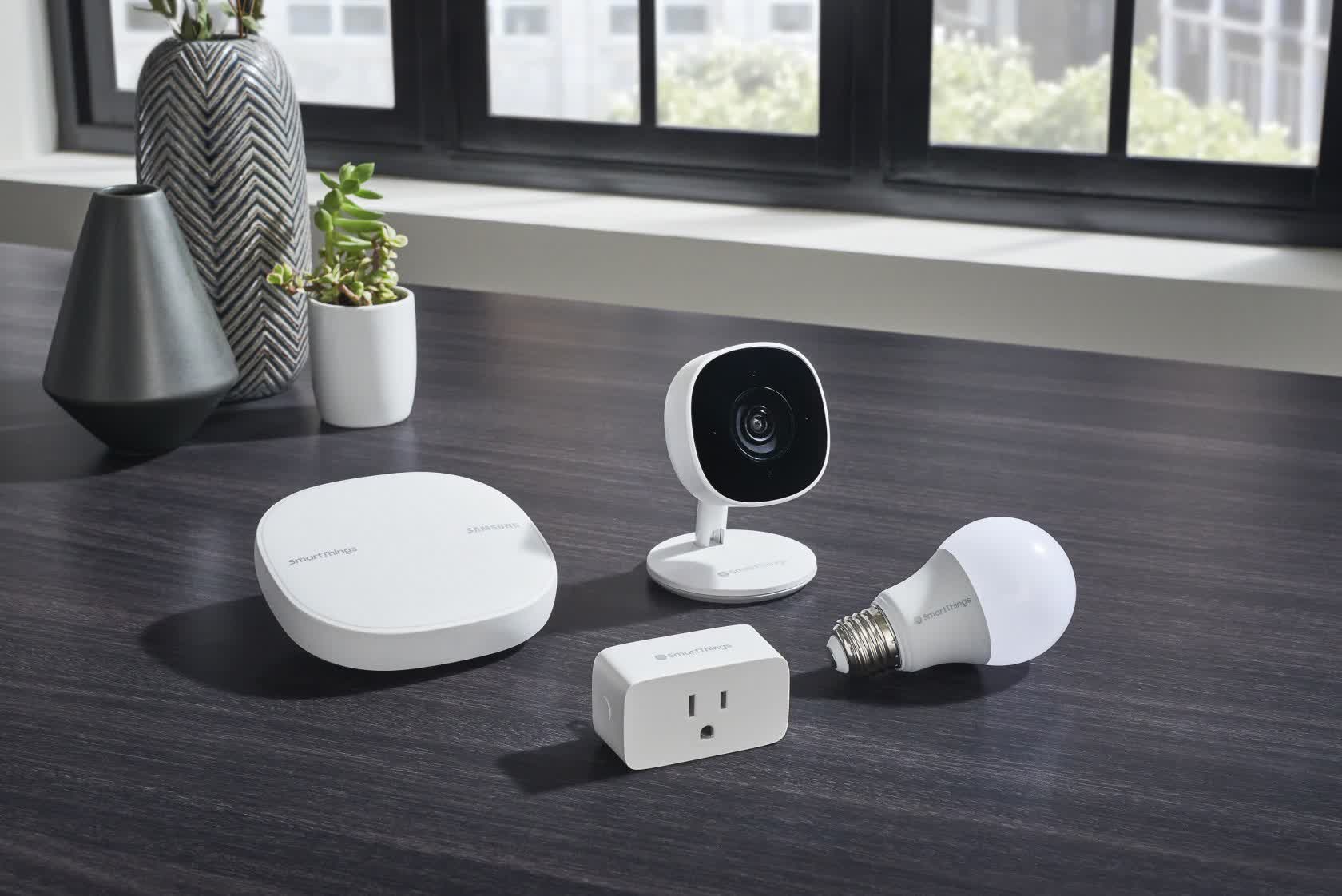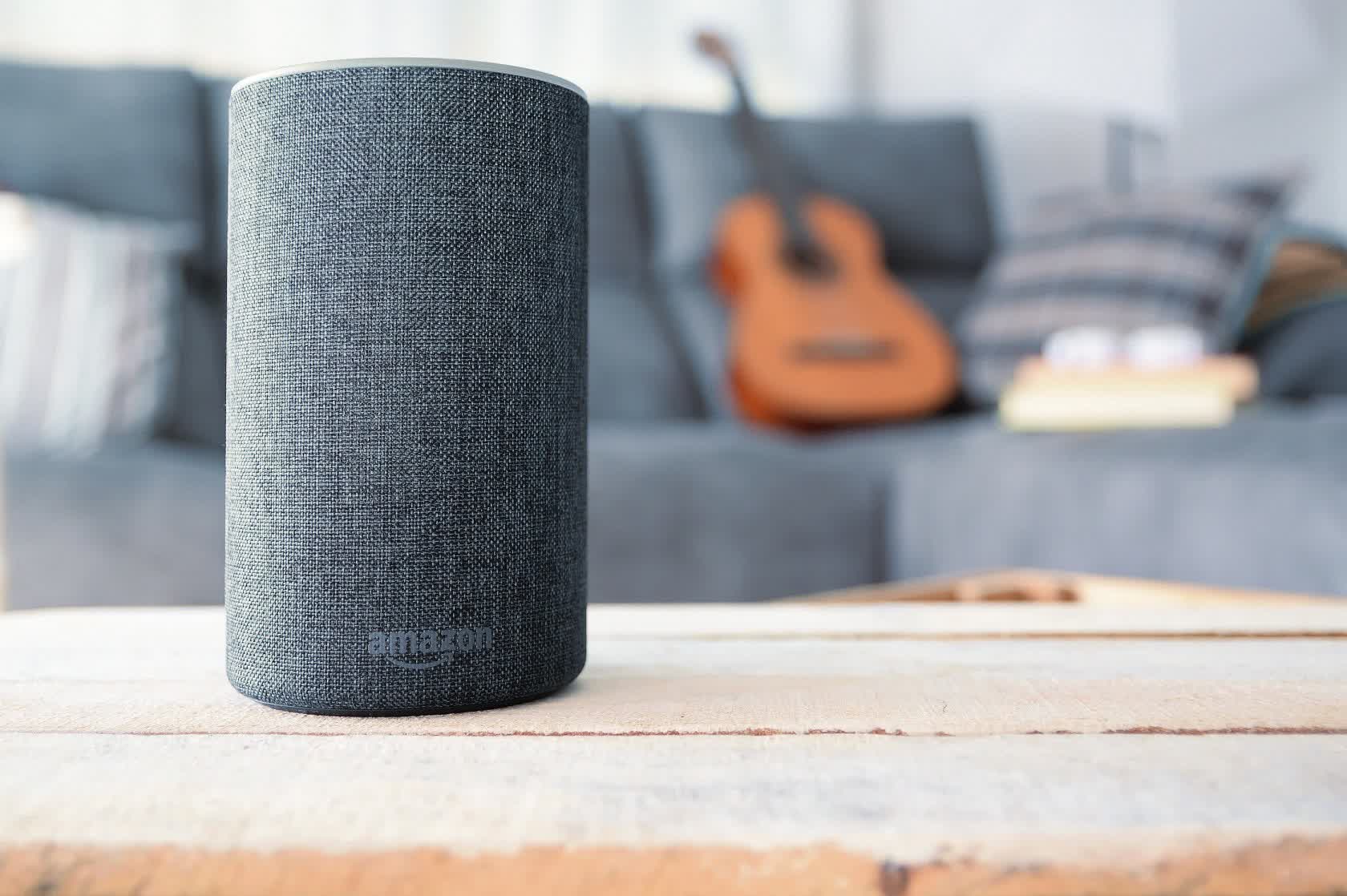In context: Amazon's Sidewalk project was first announced back in the fall of 2019 as a way to improve the coverage of smart home devices in and around the homes of customers. Sidewalk piggybacks on some of your existing smart home device bandwidth using Bluetooth Low Energy (BLE) on the 900 MHz spectrum to help connect your own, more remote devices, as well as those of your neighbors.
In other words, Sidewalk uses existing devices to help connect a broader, mesh-like network of smart gadgets. Using a realistic example, let's say you want to install a connected lamp in your yard near the front of your driveway, but it's not in range of your home network.
Ordinarily, it would be a bit of a challenge to bypass this limitation – you'd need to buy, say, a wi-fi extender, or come up with some other solution. With Sidewalk, though, all you need is a neighbor with the right smart gadget of their own in range.
There are other benefits to Sidewalk aside from just extending the range of smart devices: if your wi-fi ever goes down, Amazon says you could continue receiving alerts from your security cameras, so long as your neighbors aren't in the same boat, for example.

When Sidewalk launches later this year, you'll be able to access the network in one of two ways: by using a "Sidewalk Bridge," which acts as a connection node for the wider Sidewalk network. Then, Sidewalk-enabled devices can connect to the network and benefit from it.
When Sidewalk first rolls out, "select" Ring Floodlight Cams and Ring Spotlight Cams will be the only supported bridges. However, later, Amazon Echo devices will join the network, which could be quite a boon for users – after all, Echos are probably quite a bit more common than Ring cameras.
To be clear, Amazon won't be swiping your bandwidth without your consent. You can opt-out of Sidewalk using a simple toggle in the Ring app (more information on similar controls for Echo customers will come later). Furthermore, if you do choose to participate, Amazon has ensured that a bandwidth cap of 500Mb will always be in effect, and your neighbors cannot view any data sent to or from your participating devices.

Finally, Amazon's Sidewalk whitepaper says the company will address privacy concerns by using "three layers of encryption" to protect data transferred via the network. Devices must abide by the "same strong encryption standards" to take advantage of Sidewalk.
Obviously, Sidewalk's grand ambitions fall apart if Amazon fails to convince enough people to participate, but it sounds like a solid idea in theory. We'll be keeping our eye on Sidewalk's development, and we'll be sure to cover its full launch in greater detail.
In the meantime, we'd like to hear your thoughts on this concept. If your local community started to participate in Sidewalk, would you follow suit? If not, why not? Let us know in the comments below.
